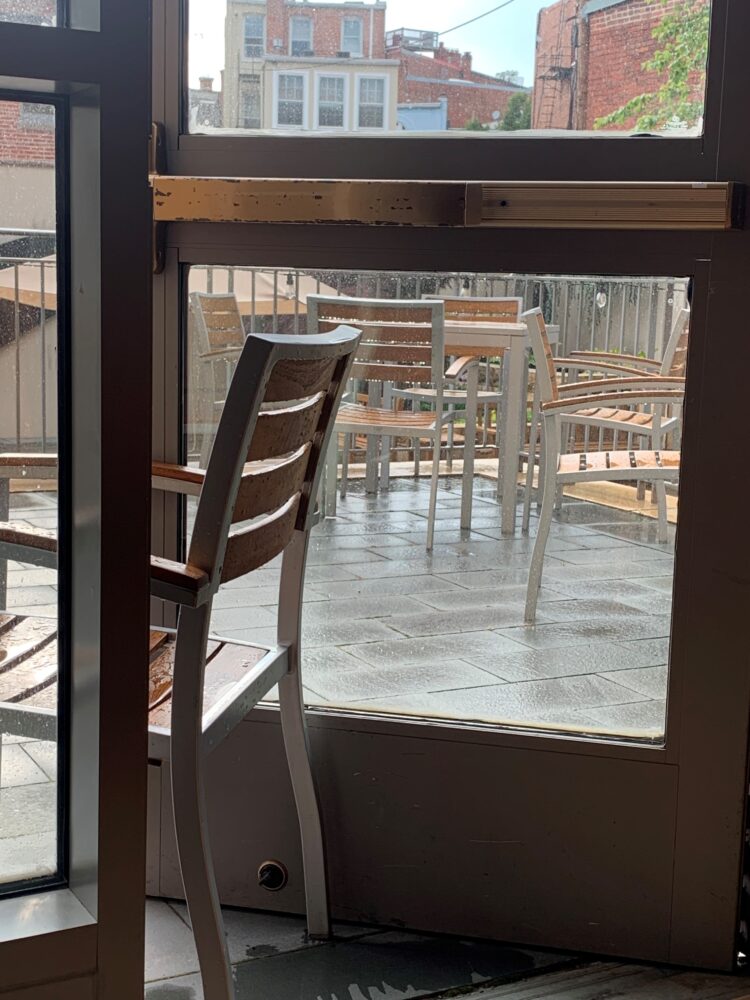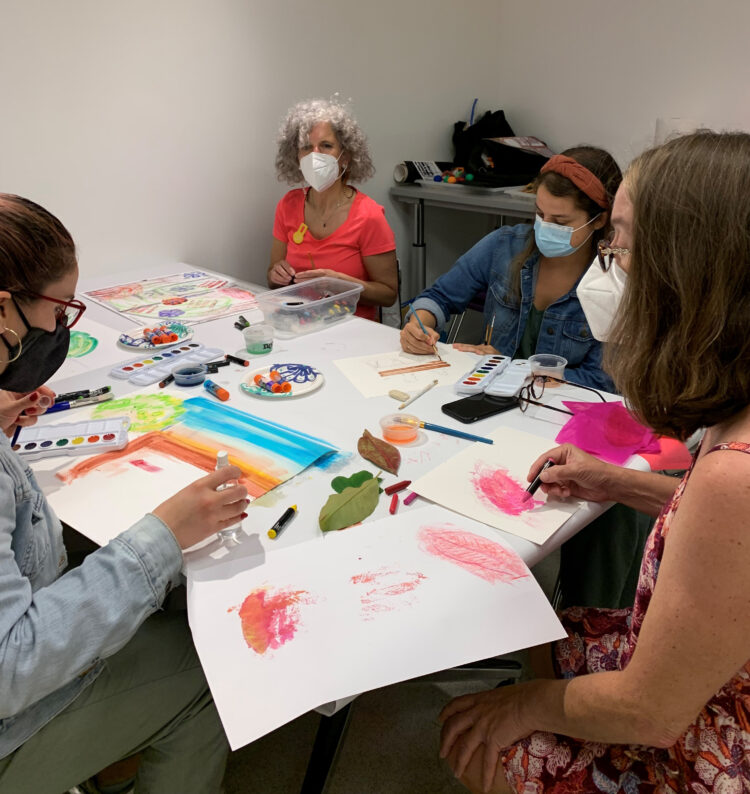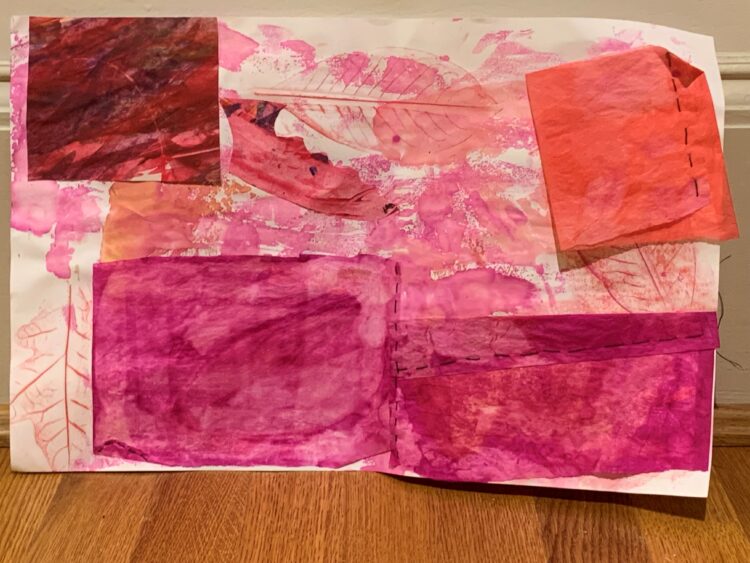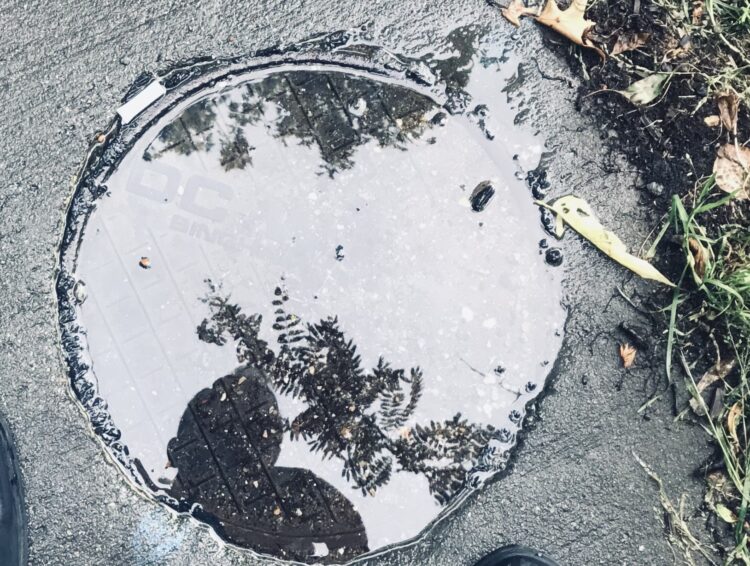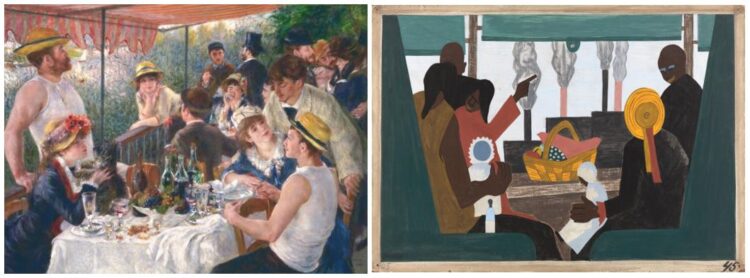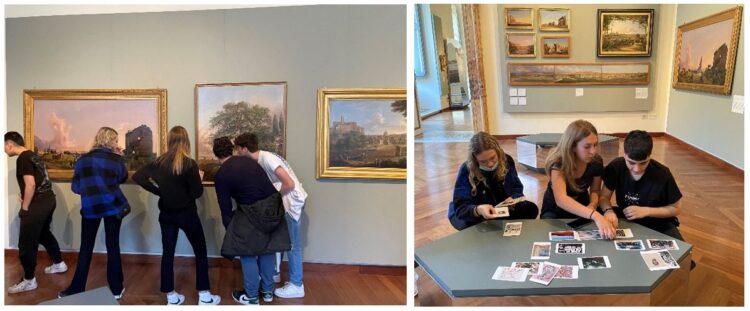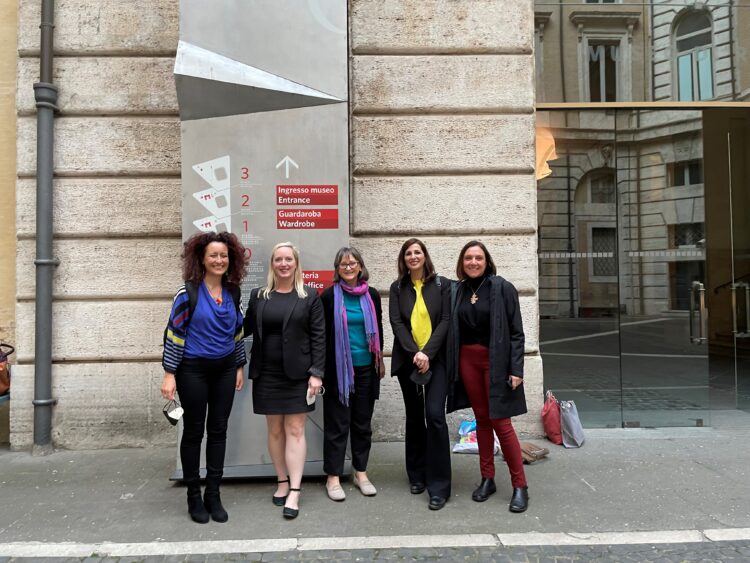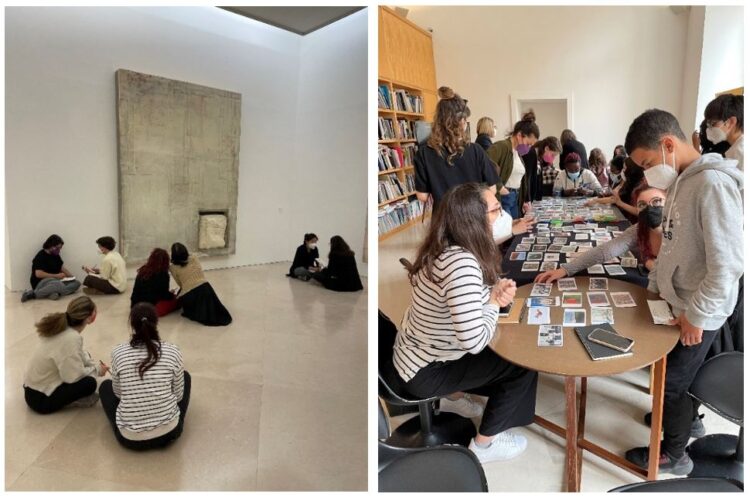Want to learn more about LGBTQ art history? @samesexinthecity shares some artists in the Phillips’s collection that provide a window into LGBTQ art and history.
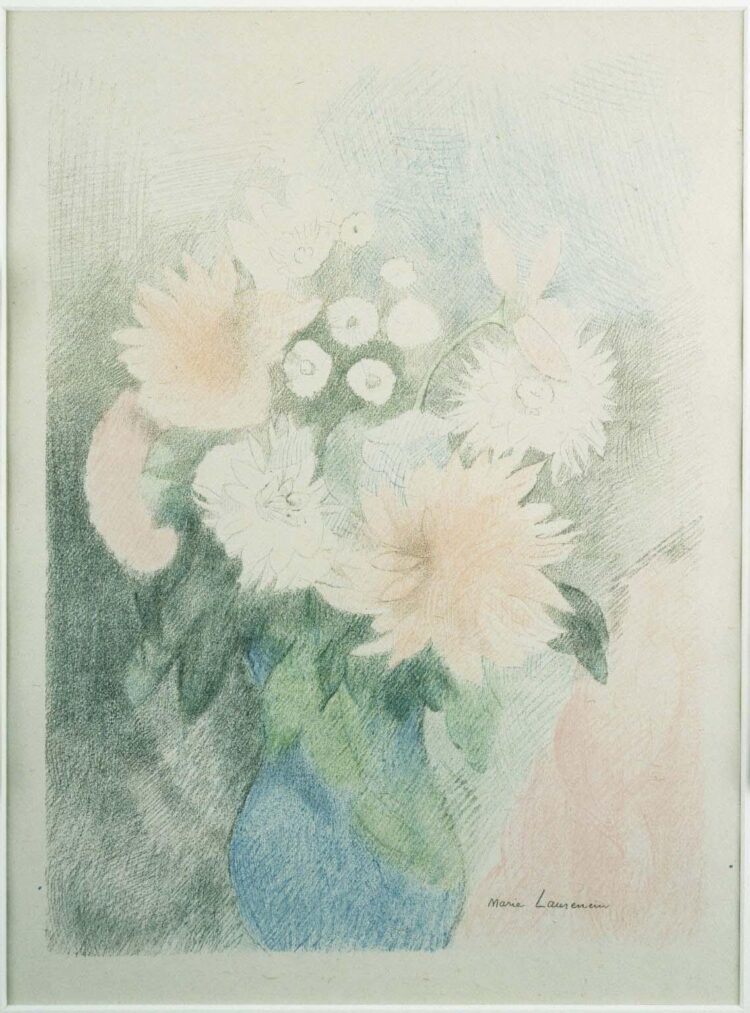
Marie Laurencin, Flowers, n.d., Lithograph, 14 5/8 x 10 3/4 in., The Phillips Collection, Gift of Marjorie Phillips, 1985
Marie Laurencin (1883-1956)
Marie Laurencin is known for her distinctive paintings, featuring dreamy, fantastical scenes and pale, doll-like women. She socialized with other avant-garde artists and thinkers, including Pablo Picasso, poet Guillaume Apollinaire, writer Natalie Clifford Barney, and more. Laurencin’s practice was successful at the time, and she frequently accepted commissions for portraits, stage designs, and book illustrations. Her engagement with prominent gay and lesbian thinkers and philosophers at the time, as well as her distinctive sapphic imagery, is a good snapshot of early-20th-century Paris and the emergence of a public LGBTQ identity. Today, art historians are exploring more about her relationships with both men and women, and re-centering her as a prominent female avant-garde painter.
Keith Vaughan (1912-1977)
In 1951, the Phillips hosted Keith Vaughan’s first solo museum exhibition in the United States. Vaughan was a self-taught British painter who was a leader in the Neo-Romantic art scene. His later works became more abstract, moving away from moonlit houses and landscapes toward the male nude. He is one of many artists whose private writings express anxieties as a closeted gay man, and whose works display self-censorship at a time when homosexuality was still illegal and considered obscene.
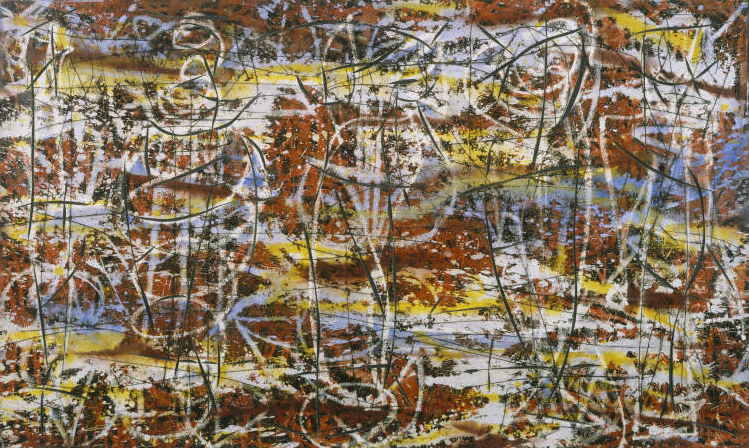
Alfonso Ossorio, Five Brothers, 1950, Wax resist and brush and black ink on illustration board, 18 3/8 x 30 1/4 in., The Phillips Collection, Acquired 1951
Alfonso Ossorio (1916-1990)
Alfonso Ossorio was an artist and collector whose friendship with Jackson Pollock and Jean Dubuffet was explored in a 2013 exhibition at the Phillips. Ossorio’s artworks span from Abstract Expressionism to his later experiments with assemblage, exploring his Catholic upbringing and its conflict with his own homosexuality.
Robert Mapplethorpe (1946-1989)
Robert Mapplethorpe courted controversy throughout his career. Known for his black-and-white photographs, his artworks explored S&M, sexuality, and fetishization. Exhibitions of his work came under fire during the 1980s and ‘90s, sparking conversations about censorship, obscenity, and public art funding. Today, his artworks still spark conversation and controversy. Contemporary artists such as Glenn Ligon have responded to Mapplethorpe’s nude photographs of Black men, challenging the notions of objectification and fetishization. Mapplethorpe’s huge body of work shows an artist exploring queer identity and sexuality, imbuing commercial work and portraits with distinctly queer principles, and, toward the end of his life, an artist contending with the HIV epidemic and his own health.
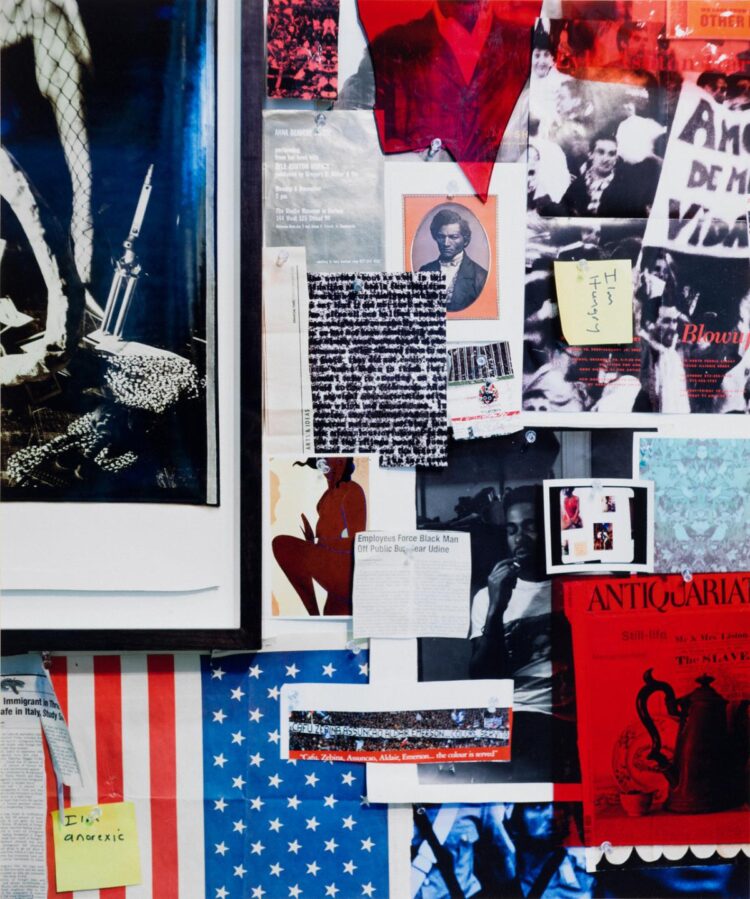
Lyle Ashton-Harris, Blow-Up II (Armory), Detail (from “America Now + Here: Photography Portfolio 2009”), 2005, Chromogenic print, 24 x 20 in., The Phillips Collection, Gift of Carolyn Alper, 2010
Lyle Ashton Harris (b. 1965)
Harris is an important contemporary artist exploring queerness, race, and cultural assumptions about identity through a variety of mediums, including collage, photography, video, installation, and performance. His artworks question historical images of Black identity, playing with both familiar figures (such as Cleopatra and Billie Holliday), as well as uplifting people in his life and orbit. In his photographs, performances, and videos, as well as his extensive archive of photos and videos taken over the span of his life, he revels in a world that is bold, unabashedly queer, and triumphantly Black.


